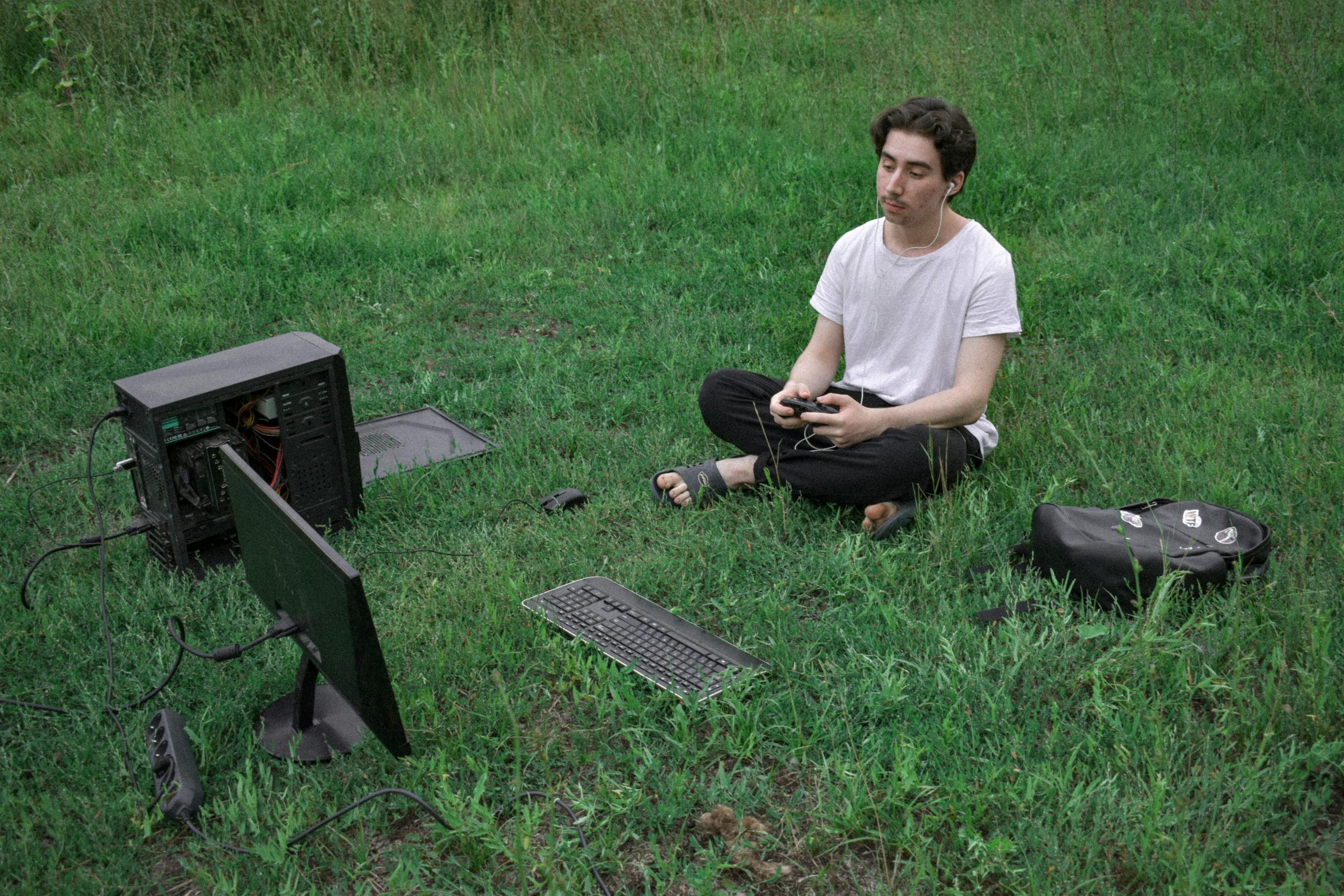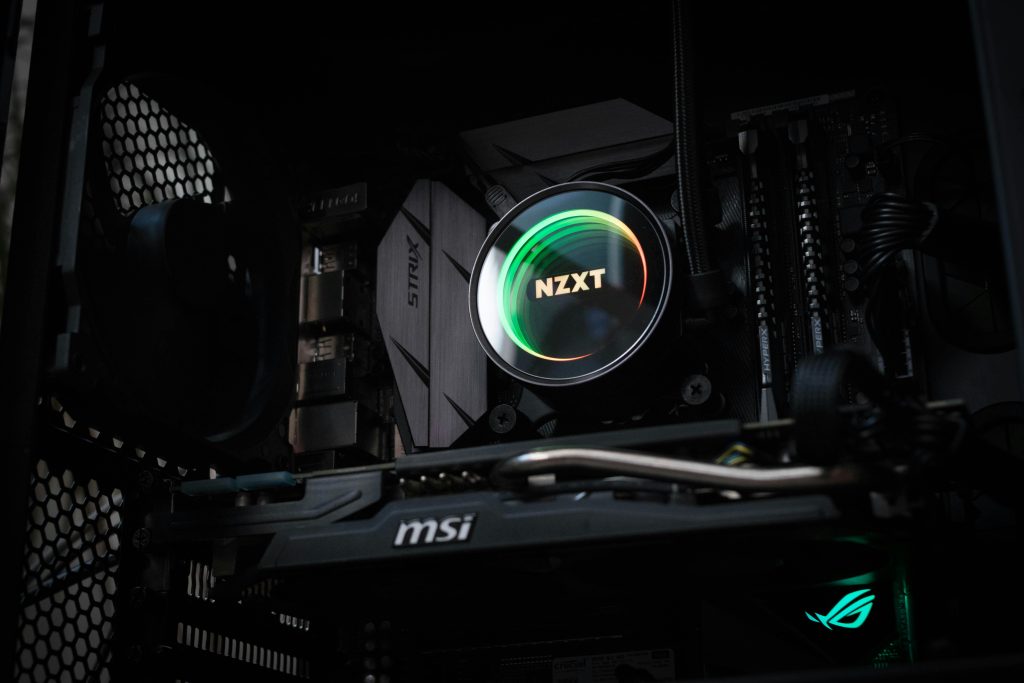Understanding and Troubleshooting Overheating and Shutdown Issues on a Gaming Laptop
Gaming laptops are renowned for their high performance, but they can sometimes encounter hardware-related issues that impact usability. Recently, a user reported persistent overheating and unexpected shutdowns on their Alienware 15R3 equipped with an Intel Core i7-7820HK CPU and NVIDIA RTX 1080 Max-Q graphics. This case underscores the importance of systematic diagnosis and demonstrates potential solutions for overheating and power stability problems.
Background and System Configuration
The laptop in question was acquired secondhand from a family member after a reconditioning process. Key specifications include:
– Processor: Intel Core i7-7820HK
– Graphics: NVIDIA RTX 1080 Max-Q
– Power Supply: Original Alienware power adapter
Initial Observations and Past Interventions
Initially, the user noticed that plugging in the charger caused significant temperature spikes. To address this, they utilized Throttlestop, a performance tuning utility, to undervolt the CPU and its cache by approximately -110mV. This adjustment successfully kept CPU temperatures below 90°C during demanding tasks, maintaining smooth performance for about eight to nine months.
Emergence of Overheating and Shutdown Issues
Approximately a month and a half ago, the user observed the laptop abruptly shutting down during gaming sessions, even with less demanding titles like Elden Ring or Baldur’s Gate III. The shutdowns persisted across various workloads, including lighter games such as Persona 3 Reload, which previously ran smoothly at medium settings.
Diagnostic Findings
Despite applying undervolting settings at -150mV, temperatures continued to rise to 95°C or higher, leading to automatic shutdowns—possibly triggered by thermal or power thresholds. The persistent overheating suggested underlying hardware issues rather than software misconfigurations.
Recent Tests and External Factors
Further testing was conducted at a university, where the user observed significantly lower idle and load temperatures (~70°C) and more stable performance when plugged into different power outlets. The user adjusted the undervolting to -110mV during these tests, but temperatures hovered around 80°C, still higher than at their regular location.
Potential Causes and Recommendations
The observed temperature fluctuations linked to the power source distribution hint at possible external factors influencing hardware stability. Some potential causes and troubleshooting steps include:
- Thermal Paste Degradation: Over time, thermal paste between the CPU and heatsink can dry out, reducing heat transfer efficiency. Reapplying high-quality thermal paste can
Share this content:



